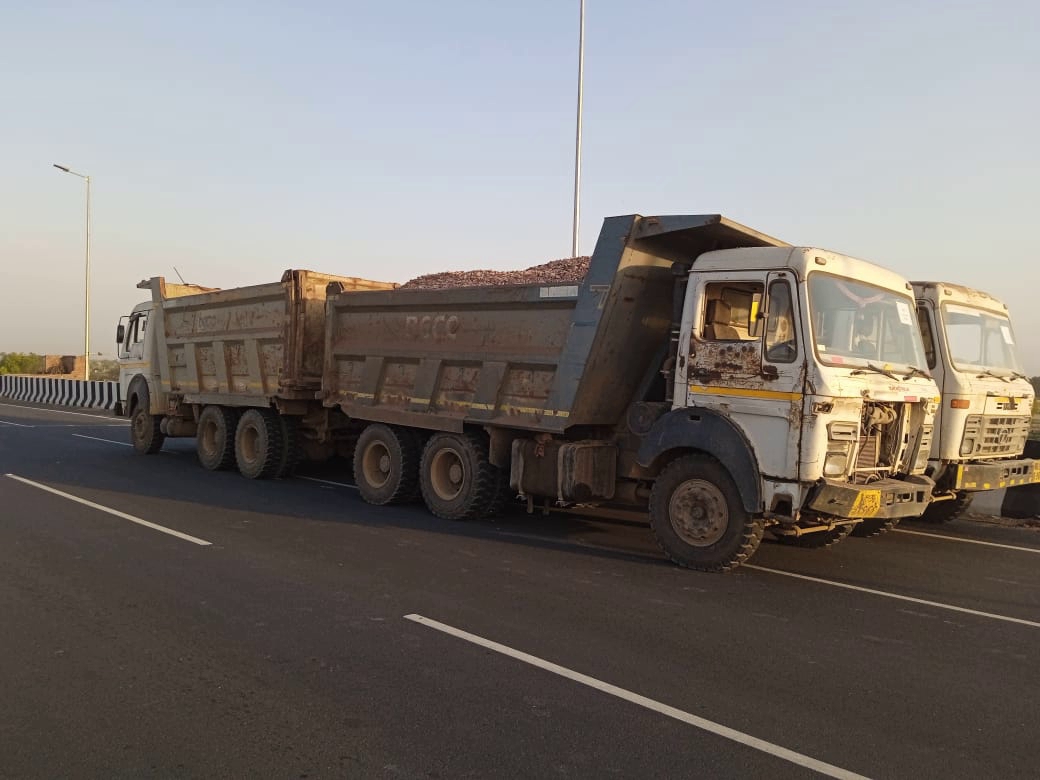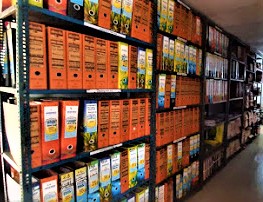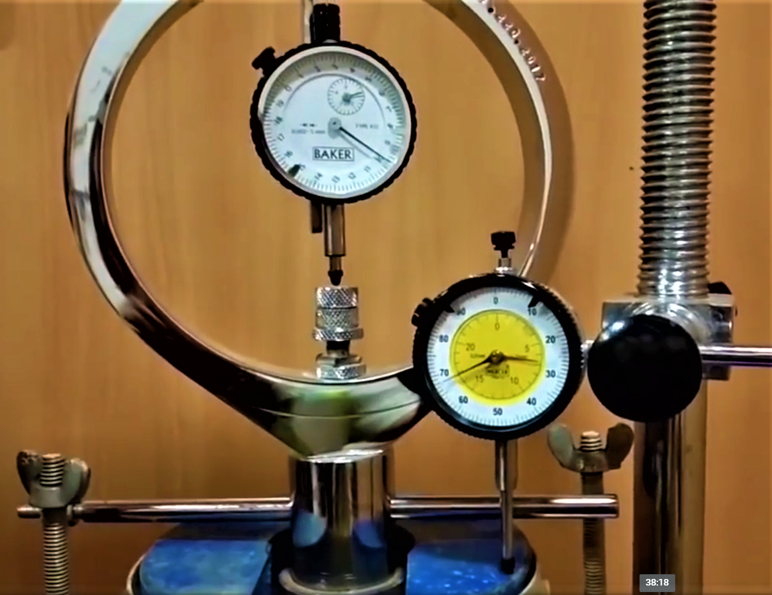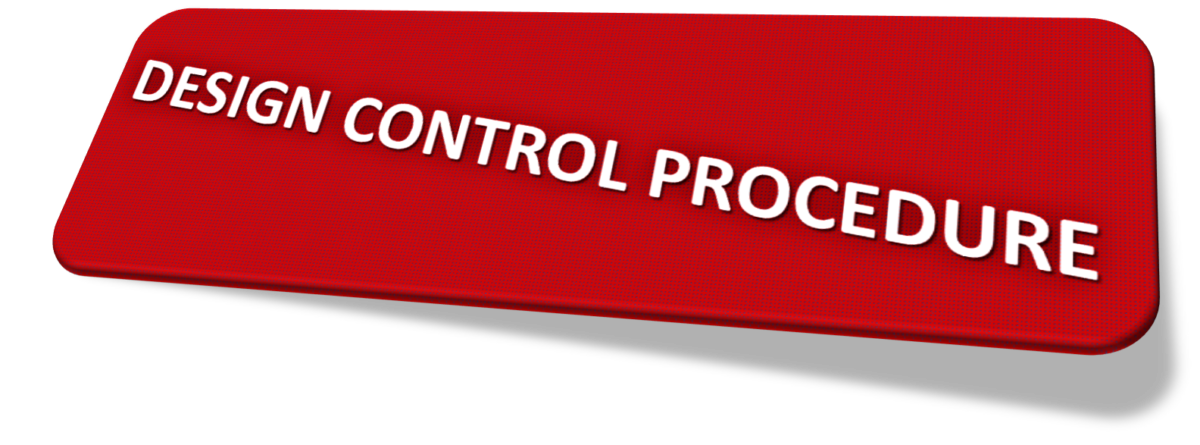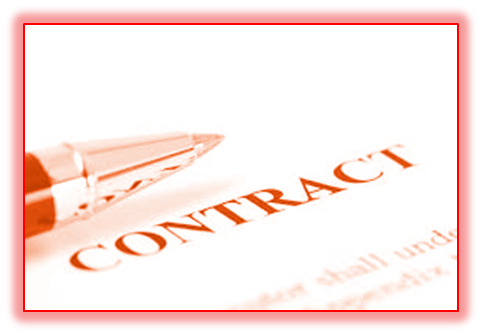Introduction : This test is done to assess the quality of concrete ,this method consists of measuring the time of travel of an ultrasonic pulse passing through the concrete being tested. Comparatively higher velocity is obtained when concrete quality is good in terms of density, uniformity, homogeneity etc. There are mainly two transmission methods , direct and indirect . In direct transmission method of ultrasonic pulse velocity is passes on opposite faces directly(both faces) but in the indirect transmission method transmission arrangement is placed on same faces .This is least sensitive and shall be used when only one face of the concrete is accessible, or when the quality of the surface concrete relative to the overall quality is of interest. If the transducers and receiver has been placed in same side it will be called Surface probing . Indirect velocity is invariably lower than the direct velocity on the same concrete element. This difference may vary from 5 to 20 percent depending largely on the quality of the concrete under test. For good quality concrete, a difference of about 0.5 km/s may generally be encountered. For the procedure and for calculating the exact value of ultrasonic pulse velocity by surface probing. it is recommended by the code IS 516 (Part 5/Sec 1) : 2018 while using surface probing method the pulse velocity may be increased by 0.5
Reference code & Method : IS 516 (Part 5/Sec 1) : 2018 , Surface probing & Direct
Procedure : We will use surface probing method due to one face accessible (Indirect Velocity).
1.At the point of observation, the concrete surface shall be suitably prepared and any plaster or other coating shall be removed to expose the concrete surface. For this purpose, the use of carborundum stones or grinders may be adopted. However, care shall be taken to avoid any damage to concrete surface or concrete structure.
- Before switching on the ‘V’ meter, the transducers should be connected to the sockets marked “TRAN” and ” REC”.
The ‘V’ meter may be operated with either:
a) the internal battery,
b) an external battery or
c) the A.C line.
3 . A reference bar is provided to check the instrument zero. The pulse time for the bar is engraved on it. Apply a smear of grease to the transducer faces before placing it on the opposite ends of the bar. Adjust the ‘SET REF’ control until the reference bar transit time is obtained on the instrument read-out.
- Place the two transducers on opposite faces (direct transmission), or on adjacent faces (semi-direct transmission), or on the same face (indirect or surface transmission) . For maximum accuracy, it is recommended that the 0.1 microsecond range be selected for path length upto 400mm
5.Having determined the most suitable test points on the material to be tested, make careful measurement of the path length ‘L’. Apply grease to the surfaces of the transducers and press it hard onto the surface of the material. Do not move the transducers while a reading is being taken, as this can generate noise signals and errors in measurements. Continue holding the transducers onto the surface of the material until a consistent reading appears on the display, which is the time in microsecond for the ultrasonic pulse to travel the distance ‘L’. The mean value of the display readings should be taken when the units digit hunts between two value. Calculate the pulse velocity by using following formula
Pulse velocity=(Path length/Travel time)
Reporting the Result : While reporting the result surface probing system should be considered.
Precaution : Prevent the two transducer leads from coming into close contact with each other when the transit time measurements are being taken. If this is not done, the receiver lead might pick-up unwanted signals from the transmitter lead and this would result in an incorrect display of the transit time.

